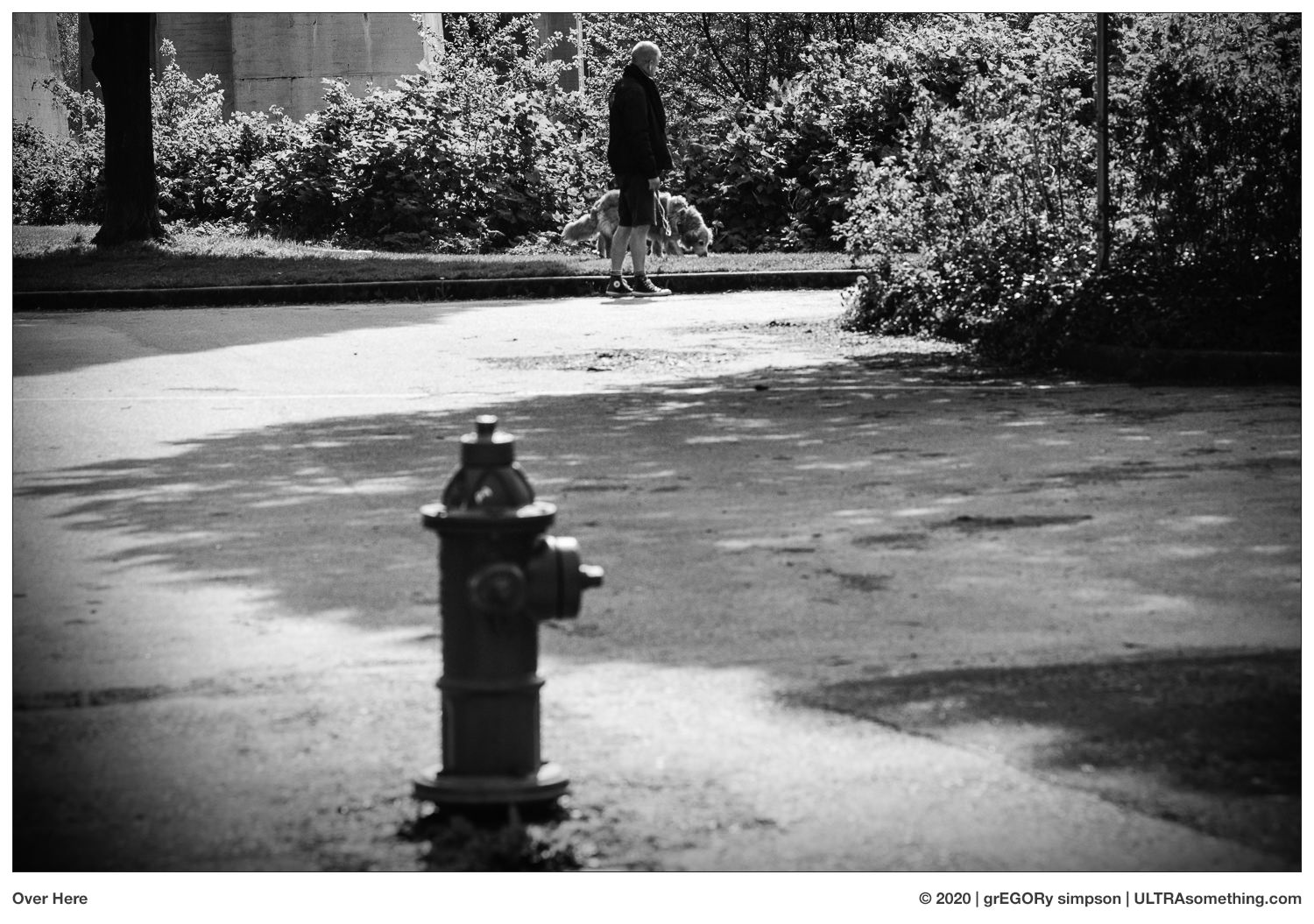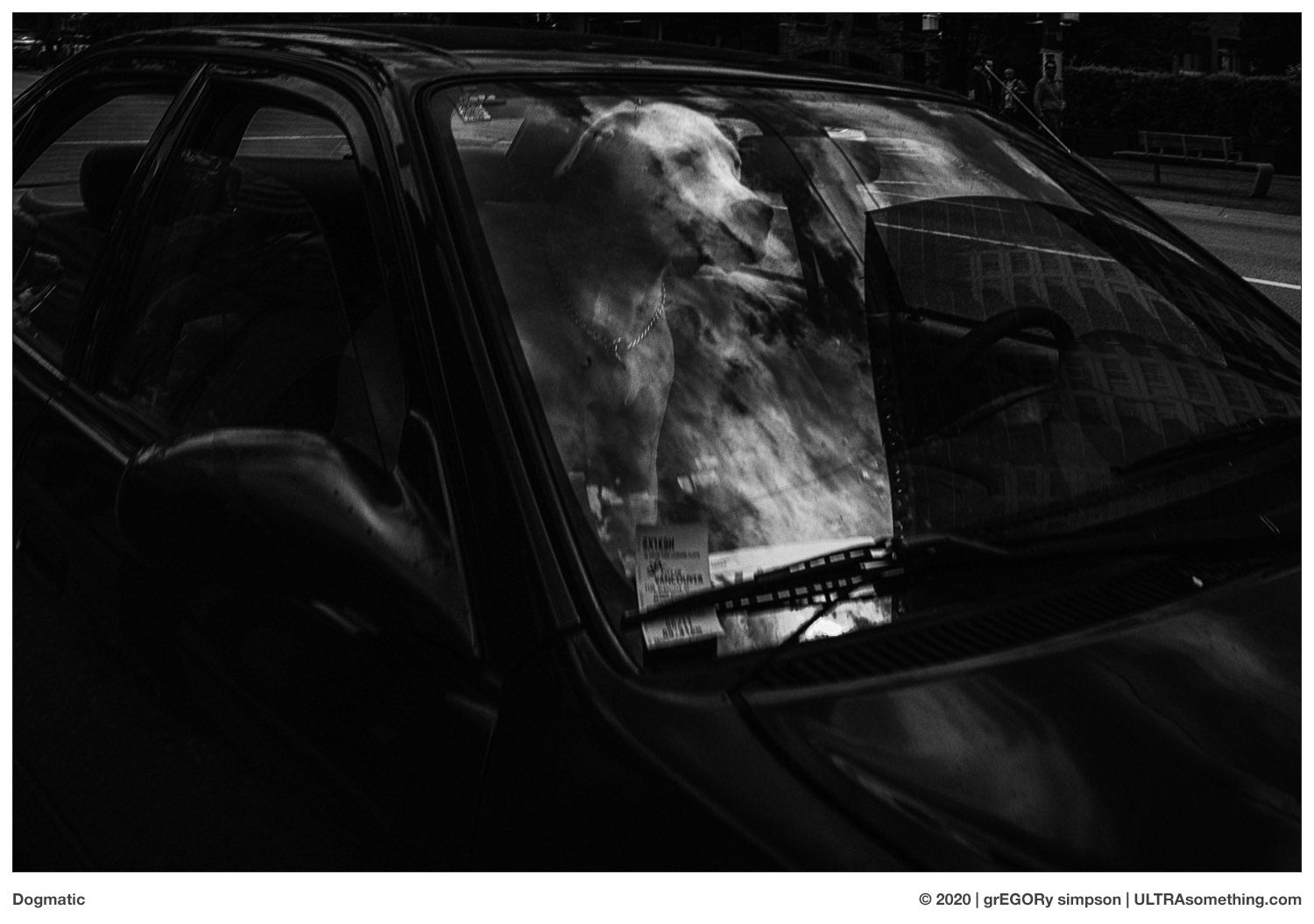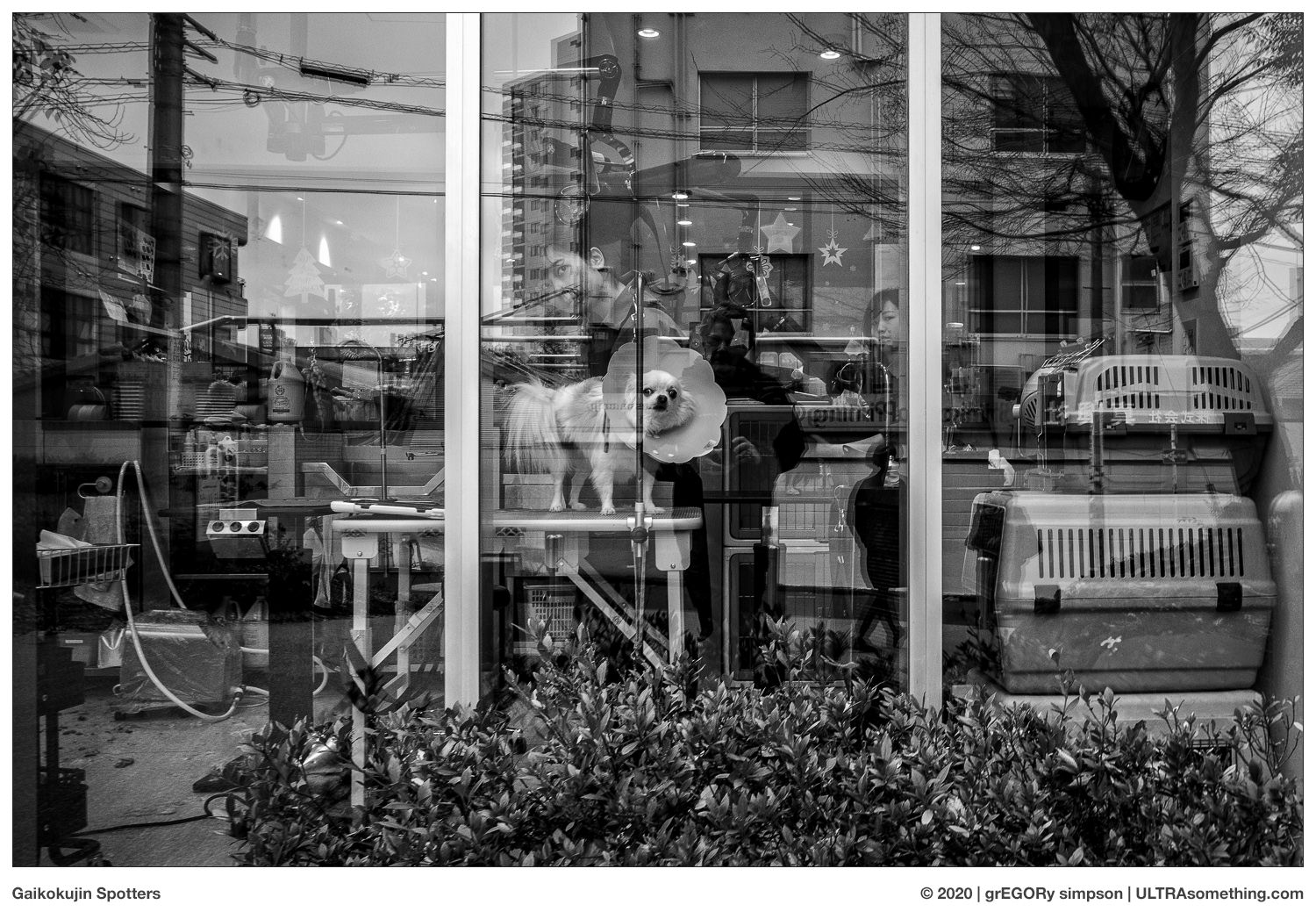I thought I was finished writing about the whole ‘gotta-do vs wanna-do’ struggle that plagues humanity. But with last month’s thumb resting even more heavily on the gotta-do scale, I realized I’d only highlighted the problem — and not solved it. Without the necessary assemblage of free minutes required to partake in any long, leisurely, multi-episodic crime dramas, I instead turned to YouTube for some satisfyingly short snippets of restful pablum. Unlike most folks, however, I tend to skip over the adorable animal videos, and head straight toward the math and physics channels. It seems I’m as big a sucker for a good quantum mechanics video as I am for another Scandi Noir.
Inevitably, and as predicted by quantum physics, this month’s gotta-do excesses became entangled with my YouTube viewing preferences. And it was through this entanglement that I solved the whole gotta-do skew — recognizing that the imbalance exists solely because I’ve bothered to monitor it. In other words, I’ve been looking at my reality through the lens of classical, Newtonian mechanics.
But in quantum mechanics, Schrödinger’s equation shows us that an object exists in many different states simultaneously, until such time as you choose to look at it. All this woe-is-me, I-have-no-time, my-photography-is-meaningless existential angst that is ULTRAsomething would disappear if I simply stopped trying to measure my progress. For example, it’s only when I look at my web stats that the site’s precipitous 95% decline in readership becomes reality. Instead, I should consider web stats through the lens of quantum physics, where the site is simultaneously both an abject failure and a phenomenal success — and everything in between. All I need to restore my ego, and reclaim a smidgeon of dignity, is to avoid ever checking on how I’m doing — thus un-entangling the site from the constraints of a single universe.
Quantum physics reminds us that the best way to eliminate the problem of mounting gotta-do tasks is to simply stop measuring whether or not they were completed. Since Schrödinger has shown us that they’re just as likely to be complete as not, I might as well assume they’re done and get on with the more soul-satisfying wanna-dos.
Buoyed by the promise of Schrödinger’s equation, I next sought to apply it to my bank account. If I stop checking the balance, then the account remains in the multiverse — where I am both millionaire and nillionaire. Unfortunately, our science-denying society demands we pick a universe, and that we pay our debts to that universe. Which means that while I’m here in this world, wondering if I’ll ever get to retire in time to do the things I wanna-do, there’s some other version of me that’s already kicking back, writing music, and mounting photography exhibitions around a COVID-less world. Lucky bastard.
But just because the electric company demands I pony up payment every month — triggering a measurement that forces the collapse of my bank account into a single value — that doesn’t mean mathematics and physics can’t offer an even better solution.
Consider the Banach-Tarski Paradox, which proves (mathematically) that it’s possible to divide a single object into five parts, and then reconstruct those five parts into two objects — each an exact duplicate of the original. Finding a way to apply the math to, say, a shiny gold bar would go a long way toward hastening my early retirement goals.
The problem with Banach-Tarski is that the soundness of the mathematics are constrained by the physical properties of matter. So while it’s theoretically possible to turn one gold bar into two; two into four; and so on, the tactile nature of those bars, given current technological constraints, prevents it from happening.
Which is when I stopped thinking about money in terms of gold bars, coins or stacks of currency, and started thinking of it in terms of what it really is — a virtual concept. If you have $5000 deposited in your bank, that doesn’t mean they’ve stuffed fifty crisp $100 bills into an envelope and scribbled your name on it. Nope. Your $5000 isn’t really there. It’s a number on a spreadsheet. It’s virtual. It’s math… just like the doubling process made possible by Banach-Tarski.
So without the physical constraints of an object, I surmise that it’s possible to virtually separate your bank account into five different bank accounts, and then recombine them in such a way as to have doubled the account’s original value.
I probably need to watch another few YouTube videos in order to get my math chops up to speed — after all, I can’t just willy-nilly divide my bank account into five new ones — I need to calculate exactly how much to allocate to each one. But I have no doubt this will work perfectly.
I find it hard to believe there are people who prefer to spend their precious wanna-do time watching kitties getting stoned on catnip, when they could instead be learning useful skills — like mathematically doubling their money! But just remember: if you decide to try this technique yourself, always honour the principles of Quantum Physics, and never be so stupid as to check your account balance to see if it actually worked.
©2020 grEGORy simpson
ABOUT THIS ARTICLE: This article, along with Folding Time, might just constitute the first two chapters in my new book, Physics by Mori. A mori, should you be wondering, is what a moron believes to be the plural of the word. Which is admittedly inaccurate — what with me, the author, being only one moron, and not a plurality of mori — and thus a rather moronic title to choose. Though it’s probably no more moronic than my wanton misappropriation of physics, which I am all too wont to do.
And speaking, as I was, of quantum entanglements — the concept is readily apparent in many of the photos I’ve taken this month. I seem to be merging DNA from various distinct art movements into new and unholy abominations — a bit like when Seth Brundle fused with the common house fly. Hence we get a neo-impressionist rendering of a subject more associated with Julius Shulman; a pictorialist manifestation of J.M.W Turner’s mannered paintings staged directly into brighly lit skys; a collision of Sophie Taeuber-Arp’s abstract-geometry with German Expressionism; and a mashup of Egorian-style anti-fidelity photography and a bit of René Magritte inspired surrealism. And yes, I designated my own photography as a ‘genre’ — after 12 years of toil and turmoil on the ULTRAsomething site, I think I’ve earned it.
REMINDER: If you’ve managed to extract a modicum of enjoyment from the plethora of material contained on this site, please consider making a DONATION to its continuing evolution. As you’ve likely realized, ULTRAsomething is not an aggregator site. Serious time and effort go into developing the original content contained within these virtual walls — even the silly stuff.


































































